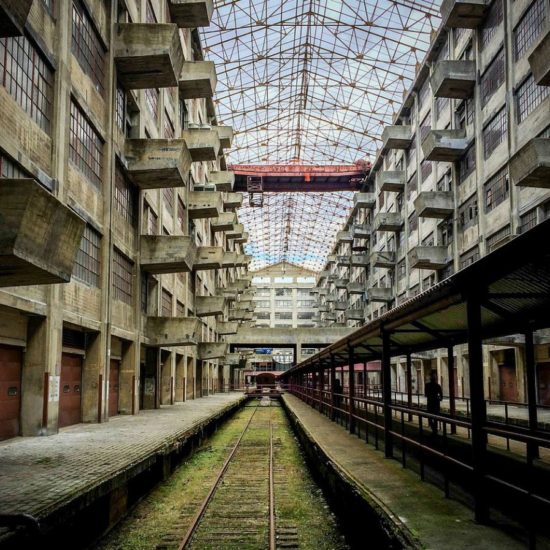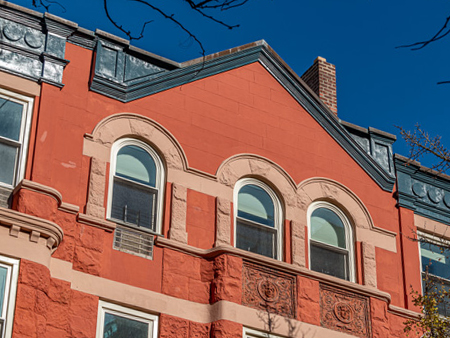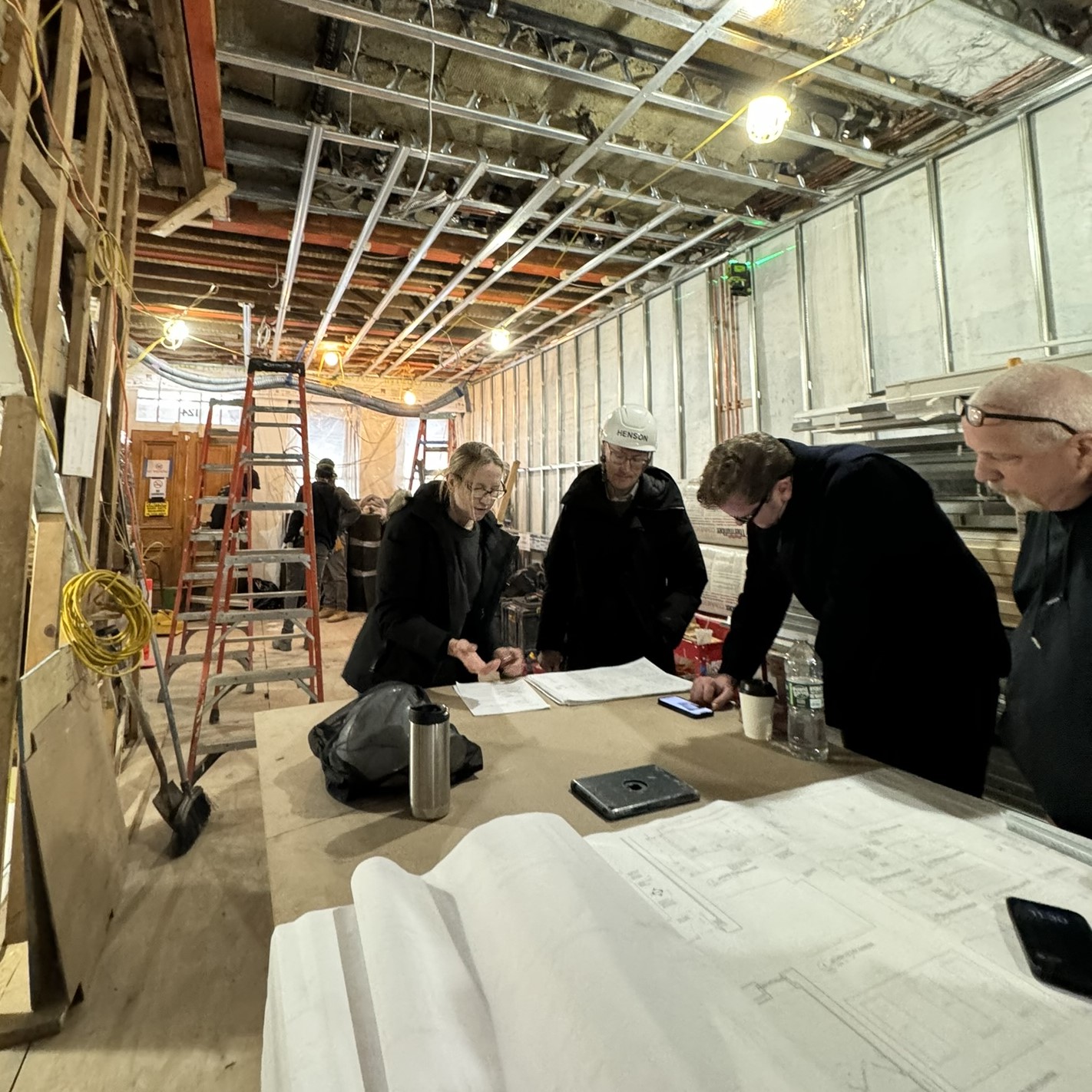When you handle a historical reconstruction, you start by recording whatever and evaluating products to learn what's initial and what's been included later on. You'll need to test examples, resource period-appropriate materials, and strategy interventions that are minimal, relatively easy to fix, and compatible with the old textile. Along the way you'll balance security codes and contemporary requirements with credibility-- so keep visiting just how to make those choices without endangering the building's character.Why Genuine Products Matter for Conservation Using authentic materials issues because they maintain the structure's initial performance and personality: historic blocks, lime mortar, old-growth timber, and standard plasters communicate differently architects near me with dampness, warm, and load than modern-day alternatives, and changing them can trigger concealed damages over time.You'll value architecture by choosing products that match the initial material, which helps the facade age naturally and lowers duplicated repairs.When you involve experts for forensic investigation, you'll obtain targeted guidance that stabilizes preservation and innovation.Local organizations like the
new york landmarks conservancy can aim you to approved distributors and tax obligation incentives for landmark projects.On websites such as Broad Street, each landmark is entitled to customized options so your treatments stay relatively easy to fix and authentic.Identifying and Testing Original Textile Beginning by looking carefully at the structure's textile: you'll require to identify original products, building and construction techniques, and later on interventions before any type of repair work begins.Walk each space and outside altitude, keeping in mind device marks, mortar joints, nail kinds, and paint layers. Usage non-destructive approaches first: aesthetic assessment, moisture meters, and boroscope access.Where required, architects near me take small, documented samples for lab analysis-- mortar composition, hardwood types, repaint stratigraphy-- to verify age and compatibility.Record findings with pictures, illustrations, and a materials log.That proof guides appropriate preservation selections and aids you avoid changing audio historic material. Share results with your conservation professional so evaluating informs minimal
, relatively easy to fix interventions as opposed to unneeded elimination or incompatible repairs.Sourcing Conventional Products and Knowledgeable Professions With the initial textile documented, you'll need to match products and abilities so repair services act like the building's historic work.Start by sourcing period-appropriate materials-- lime mortar, hand-made bricks, redeemed lumber, and traditional metalwork-- so structures, porosity, and toughness line up. Look for specialized vendors, improvement lawns, and makers who can license provenance or composition.Hire tradespeople experienced in conservation: masons versed in lime techniques, joiners who make use of typical joints, and metalworkers acquainted with historic coatings. Request portfolios, referrals, and condition-based repair service plans.Where products are inaccessible, seek in-kind substitutes
with equivalent physical properties.Document all sources and trades'approaches for future caretakers and for grant or authorization records, ensuring connection of craftsmanship. Harmonizing Authenticity With Modern Efficiency and Regulation Although you'll desire


to protect initial textile any place feasible, you'll also require to reconcile authenticity with contemporary building regulations, energy criteria, and functionality demands; that means selecting treatments that appreciate historical character while improving safety, comfort, and performance.You'll start by assessing regulatory responsibilities-- fire, access, architectural-- and determine where compromises are inevitable. Prioritize interventions that are visually and materially considerate: discreet insulation, thoughtful cooling and heating directing,

and code-compliant electric upgrades that don't rare historic finishes.Document decisions and get authorizations from preservation authorities early to stay clear of pricey rework. Where contemporary systems alter look, usage relatively easy to fix placing or camouflage techniques that don't damage fabric.Finally, budget for specialist experts that can equate code demands right into respectful, sensible solutions that satisfy both preservation and efficiency goals.Practical Conservation Techniques and Reversibility When you deal with conservation, concentrate on methods that fix troubles while maintaining as much initial material and personality as possible; select relatively easy to fix techniques so future owners can retreat or improve work without hurting the building.You'll assess problem, document original fabric, and prioritize marginal intervention.Use patching, loan consolidation, and targeted replacements that match historical materials and are distinct on close inspection.Prefer mechanical solutions, non-permanent supports, and breathable mortars or layers that won't catch moisture.Test therapies on little locations and record results.Choose adhesives, finishings, and bolts that can be removed without damage.Train specialists in mild techniques and supervise work closely.Good labeling and clear upkeep guidelines will certainly aid future guardians recognize what you did and why, preserving options for later work.Conclusion You have actually learned to document, evaluate, and test prior to touching historical material, prioritizing minimal, reversible treatments that appreciate initial products. Resource period-appropriate supplies and skilled professions, and trial fixings on little areas. Equilibrium credibility with discreet modern-day upgrades for security, accessibility, and energy. Obtain approvals, accomplish preservation techniques that match physical properties, and document every decision and upkeep plan. By following these steps, you'll protect the structure's personality for future guardians.
Name: Henson Architecture
Address: 27 W 20th St #1201, New York, NY 10011
Phone: (212) 995-2464
Website: https://www.hensonarchitect.com/